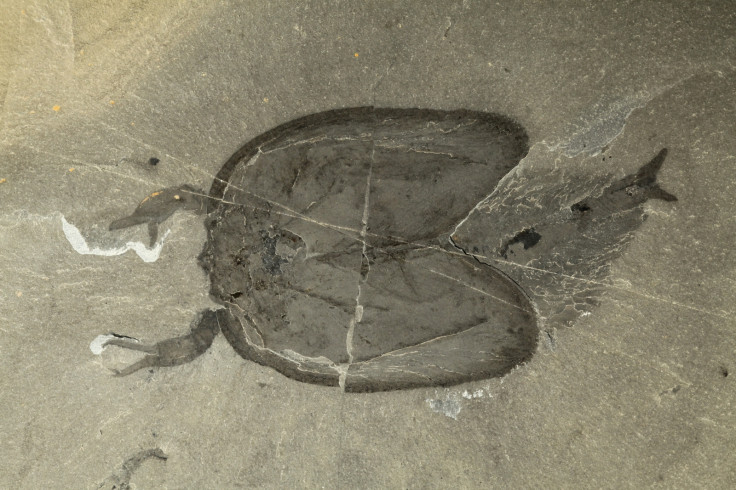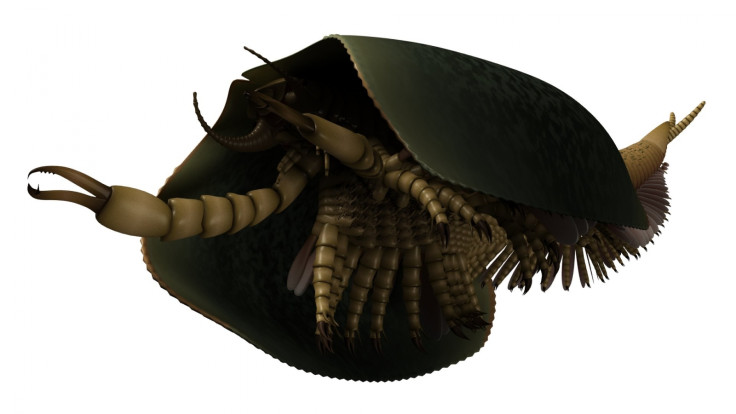Weird sea creature with 'can-opener' claws dates back 508 million years
Fossils of the creature known as Tokummia katalepsis have been found in the Marble Canyon Fossil deposit.
Scientists have discovered the 508-million-year-old fossils of strange sea creatures. They may shed light on the origins of mandibulates, a very diverse group that comprises organisms such as flies, crustaceans and centipedes.
The fossils, which scientists have called Tokummia katalepsis, were found in sedimentary rocks near the Marble Canyon Fossil deposit (British Columbia, Canada) – most of them during a scientific expedition in 2014.
Extremely-well preserved, they belong to the anthropod family – invertebrates with segmented limbs and hardened exoskeletons. They are now described in a study published in the journal Nature.
Mysterious anthropods
Scientists have long struggled to retrace the evolutionary history of anthropods.
Study lead author Cedric Aria, now a researcher at the Nanjing Institute for Geology and Palaeontology (China), told IBTimes UK: "Anthropods constitute the most abundant and diverse group on Earth, with very different morphological characteristics – and insects are in great part responsible for this. So putting order to this diversity and learning more about the evolution of anthropods has been one of the greatest challenges in biology".
Tokummia would have lived during the Cambrian some 500 million years ago, in a tropical sea alongside many other species. It is believed to have been among the largest Cambrian predators, exceeding 10cm in length – fully extended.

The scientists say that this strange creature had broad serrated mandibles as well as large, but specialised, anterior claws, which make it unique. "The pincers of Tokummia are large, yet also delicate and complex, reminding us of the shape of a can opener, with their couple of terminal teeth on one claw, and the other claw being curved towards them," Aria said.
In the study, the scientists also describe the rest of the animal's body. It was made up of more than 50 small segments covered by a shell-like structure called a bivalved carapace.

A number of features are similar to that of modern-day mandibulates, a clade of anthropods that is particularly diverse. Tokummia indeed had subdivided limb bases with tiny projections called endites, which can today be found in the larvae of certain crustaceans.
These endites are thought to have been critical innovations for the evolution of the various legs of mandibulates.
"Previous research placed Tokummia at the beginning of the anthropods evolutionary tree, but with our research, we place this fossil closer to more modern groups. These fossils shed a light on the evolution of mandibulates, a clade that emerged during the Cambrian some 500 million years ago", Aria said.
© Copyright IBTimes 2025. All rights reserved.





















